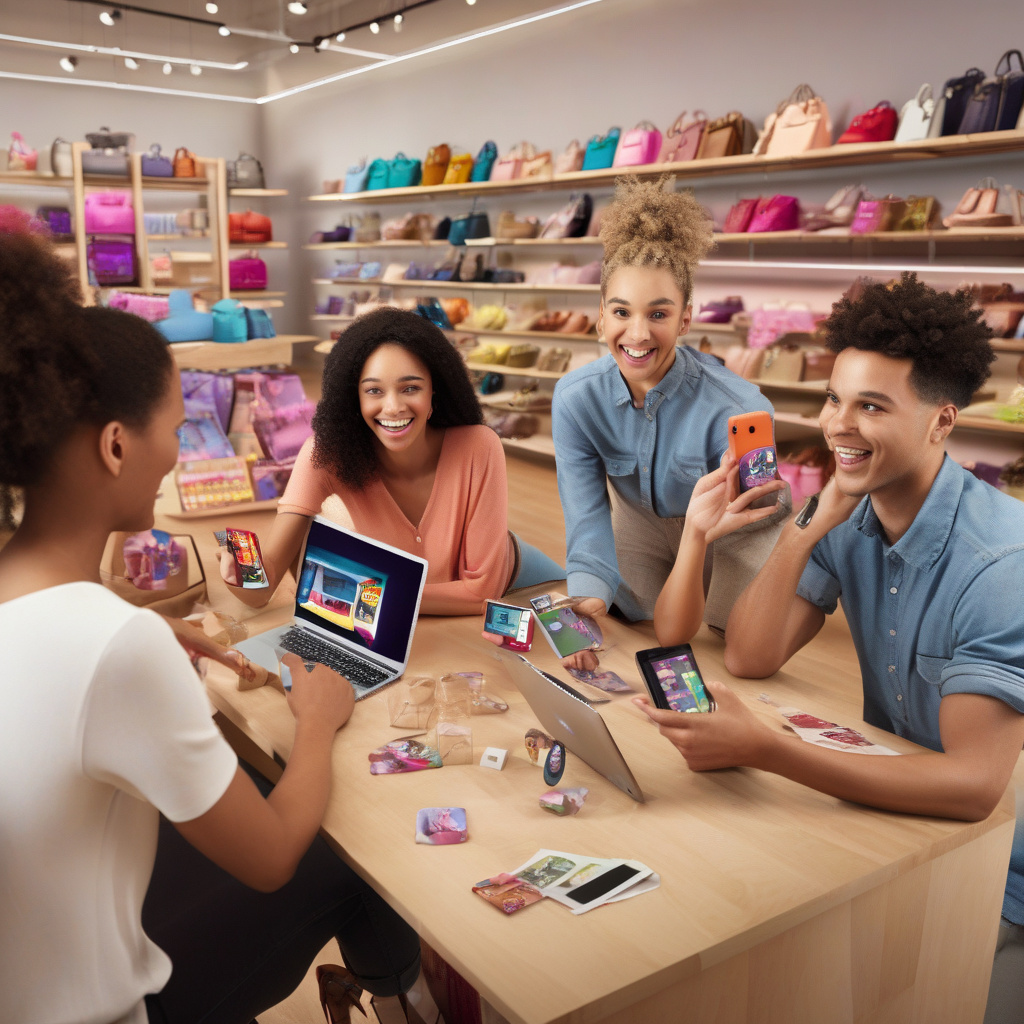Germans are Gaming More than Ever: Why Gamification in E-Commerce Will Transform Marketing in 2025
With over 37 million gamers in Germany, the landscape of consumer engagement is evolving rapidly. As the digital era progresses, the intersection of gaming and commerce presents a unique opportunity for e-commerce brands to revolutionize their marketing strategies. Gamification, the integration of game mechanics into non-game environments to drive user participation, is poised to become a strategic advantage for German e-commerce in the coming years.
By leveraging gamification techniques, online retailers can tap into the innate human desire for competition, achievement, and reward, thereby enhancing customer engagement and loyalty. From interactive quizzes and challenges to reward points and leaderboards, gamification offers a dynamic way to captivate audiences and incentivize desired behaviors.
One prominent example of successful gamification in e-commerce is the use of loyalty programs. By introducing gamified elements such as progress bars, badges, and tiered rewards, brands can encourage repeat purchases and foster long-term customer relationships. This not only boosts customer retention but also drives revenue growth through increased sales volume.
Furthermore, gamification can be instrumental in enriching the overall shopping experience. Virtual try-on tools, personalized product recommendations based on user preferences, and gamified shopping carts are just a few innovative applications that can make the online shopping journey more interactive and enjoyable for consumers. These immersive experiences not only differentiate brands in a crowded market but also increase conversion rates by reducing cart abandonment and encouraging impulse buys.
Looking ahead to 2025, several key gamification trends are set to shape the future of e-commerce marketing in Germany. Augmented reality (AR) and virtual reality (VR) technologies will play a pivotal role in creating immersive shopping experiences that blur the lines between the digital and physical realms. Interactive storytelling, where consumers actively participate in shaping brand narratives, will become a powerful tool for building emotional connections and brand loyalty.
Moreover, the rise of voice commerce and AI-powered chatbots will open up new possibilities for gamified interactions, allowing customers to engage with brands in more conversational and personalized ways. By gamifying the shopping process through voice-controlled games, quizzes, and challenges, e-commerce platforms can enhance user engagement and drive conversions.
In conclusion, the fusion of gaming principles with e-commerce is set to redefine the marketing landscape in 2025 and beyond. By embracing gamification strategies, German e-commerce brands can unlock new avenues for growth, customer acquisition, and brand differentiation. As consumer preferences continue to evolve, those who harness the power of play to drive profitability will undoubtedly lead the way in the ever-changing digital marketplace.
The post “Germans are gaming more than ever: Why gamification in e-commerce will transform marketing in 2025” appeared first on “E-commerce Germany News”.
#Germany, #Gamification, #Ecommerce, #MarketingTrends, #RetailTransformation
